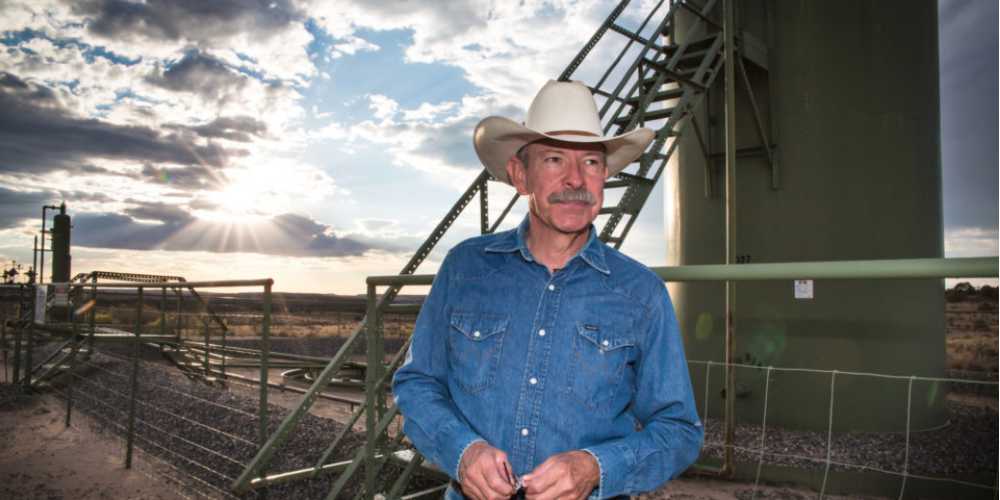BLANCO, N.M. – Most evenings, the quiet is almost intoxicating.
The whoosh of the wind through the junipers, the whinny of horses in their stalls, the raspy squawking of ravens – those are the sounds Don and Jane Schreiber have grown to love on their remote Devil’s Spring Ranch.
The views are mesmerizing, too. Long, lonesome ridges of khaki-colored rocks, dome-like outcrops and distant mesas rise from a sea of sage and rabbit brush.
The ranch and surrounding countryside are a surprising setting for an enduring climate change problem: a huge cloud of methane – a potent, heat-trapping gas – that is 10 times larger than the city of Chicago. The main sources, scientists say, are leaks from about 25,000 active and abandoned wells and 10,000 miles of pipelines that snake across the San Juan Basin, providing about $3 billion worth of natural gas per year.
Home to stunning prehistoric ruins, cathedral-like canyons and silt-laden rivers, this basin in the Four Corners region of the Southwest emits substantially more methane per unit of energy produced than most major gas-producing areas, according to a Reveal from The Center for Investigative Reporting analysis of industry data reported to the federal government.
Read at Reveal

